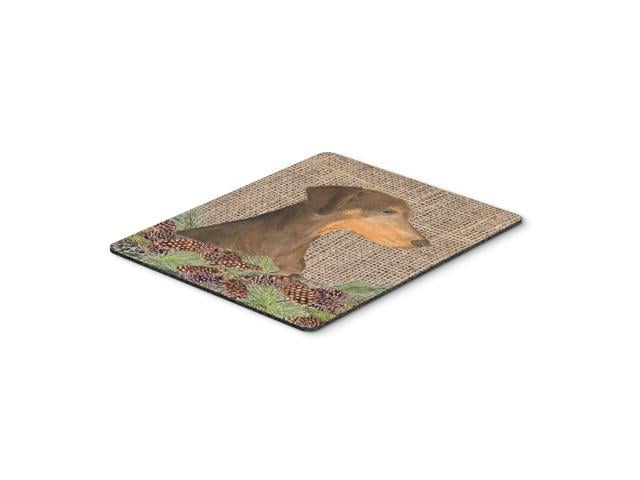Excerpt from Varieties of American Upland Cotton
Each of the different groups just mentioned contains a number of closely related forms, difficult to distinguish, which are commonly called varieties but which are for the most part analogous to the strains of the horticulturist. It will often be noticed that, on account of the marked adaptability of cotton to soil and climate, varieties hardly distinct in other ways are fitted for different agri cultural conditions, and other distinctive characters, such as a better staple and a higher percentage of lint, may also be present but are not apparent until the variety is more closely studied.
The large number of named varieties and the uncertainty as to the classification of many of them, as well as the misleading statements sometimes published concerning the commercial varieties, make it necessary to describe and classify them as accurately as possible and to map, or otherwise state, their distribution.
About the Publisher
Forgotten Books publishes hundreds of thousands of rare and classic books. Find more at www.forgottenbooks.com
This book is a reproduction of an important historical work. Forgotten Books uses state-of-the-art technology to digitally reconstruct the work, preserving the original format whilst repairing imperfections present in the aged copy. In rare cases, an imperfection in the original, such as a blemish or missing page, may be replicated in our edition. We do, however, repair the vast majority of imperfections successfully; any imperfections that remain are intentionally left to preserve the state of such historical works.















